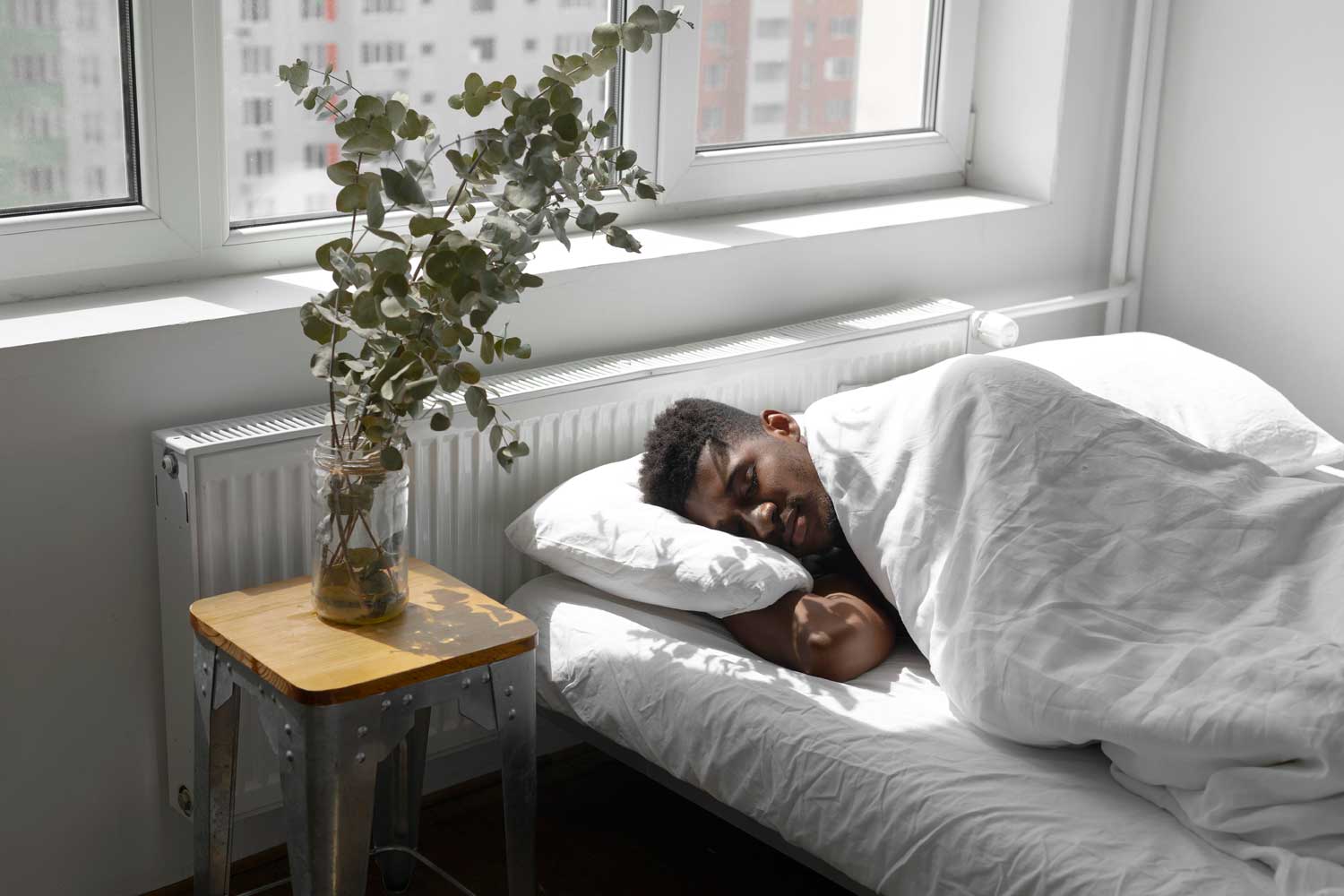Quality sleep is essential for overall health and well-being. It rejuvenates the body, sharpens the mind, and enhances our ability to tackle the day. One often overlooked factor in achieving restful sleep is the environment in which we slumber.
Here are five effective ways to optimize your bedroom for a better night’s sleep:
Light Control: Light plays a crucial role in regulating our internal body clock, also known as the circadian rhythm. To promote better sleep, invest in blackout curtains or blinds to block out external light sources. Additionally, consider using low-wattage, warm-toned bulbs in your bedside lamps. These emit a softer, less disruptive light that signals your body it’s time to wind down.
Maintain Comfortable Temperatures: The ideal sleep environment should be cool, typically between 60-67 degrees Fahrenheit (15-19 degrees Celsius). Adjust your thermostat accordingly or use fans to create a comfortable climate. It’s also worth investing in breathable, moisture-wicking bedding materials to prevent discomfort due to overheating.
Minimize Noise Disturbances: Noise disruptions can significantly impact the quality of your sleep. Consider using white noise machines, earplugs, or even a simple electric fan to drown out unwanted sounds. If you live in a noisy area, double-pane windows or weather-stripping can help reduce external disturbances.
Choose Comfortable Bedding and Mattress: Your mattress and bedding should provide optimal support and comfort. Select a mattress that suits your sleeping style – whether you’re a side, back, or stomach sleeper. Additionally, choose pillows that offer proper neck and head support. High-quality, breathable fabrics for your sheets and pillowcases can also enhance comfort.
Declutter and Create a Serene Atmosphere: A clutter-free space can contribute to a more relaxed mind. Remove unnecessary items from your bedroom and create a calming atmosphere. Use soothing colors, like soft blues or muted greens, and incorporate calming elements such as plants or soothing artwork. Keep personal electronics out of the bedroom to avoid unnecessary distractions.
Remember, creating an ideal sleep environment is a personal endeavor. Experiment with these tips and customize them to suit your preferences. Consistency is key, so aim to establish a routine that signals to your body that it’s time to wind down and prepare for rest. With a little effort, you can transform your bedroom into a sanctuary for restful, rejuvenating sleep.
Sweet dreams!












